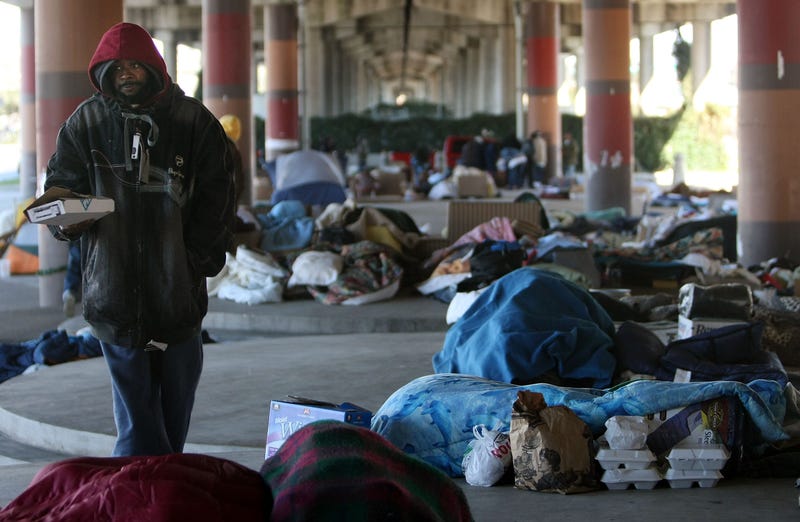
While there have been improvements in removing homeless encampments in the New Orleans area, maintaining that progress could be a tough task.
With the city facing steep budget cuts and the continuing federal shutdown, many are facing income challenges and uncertainty over reduced SNAP benefits. Martha Kegel with UNITY of Greater New Orleans has concerns about those homeless encampments returning.
“New Orleans actually has the widest wealth gap of any major city in the United States now, and that’s really what’s fueling our homeless problem and why it continues to persist despite the successes we’ve had housing people,” Kegel noted. “We’ve actually reduced street homelessness by 24% in the last year and a half, but there are New Orleanians who are becoming homeless every day."
Kegel points out that rents in the New Orleans area have increased 24% in the past five years, while minimum wage has not increased since 2009. That minimum wage remains $7.25 per hour, with many jobs in the region only doling out that wage while the cost of living continues to skyrocket. “The fair market rent for a one-bedroom apartment is $1,113 per month right now. That’s not even necessarily in a safe neighborhood. To live in a desirable neighborhood, you may need to pay much higher,” explained Kegel.
Institutional problems that plague many cities continue to plague New Orleans as well, with many people who live on financially shaky ground at risk of becoming homeless every day. Even those who are employed can find themselves falling through the cracks financially, and that’s a topic of great concern to Kegel and others who work with and advocate for the homeless.
“The disability benefits for poor people who cannot work are much less than the $1,113 a month needed to live in this area. And that’s for people who are lucky enough to have disability benefits. It typically takes two or three years to get those benefits,” Kegel notes.
During these uncertain times with more questions than answers hovering in the air, those living on the edge are concerned about how close they could come to falling off that cliff.
